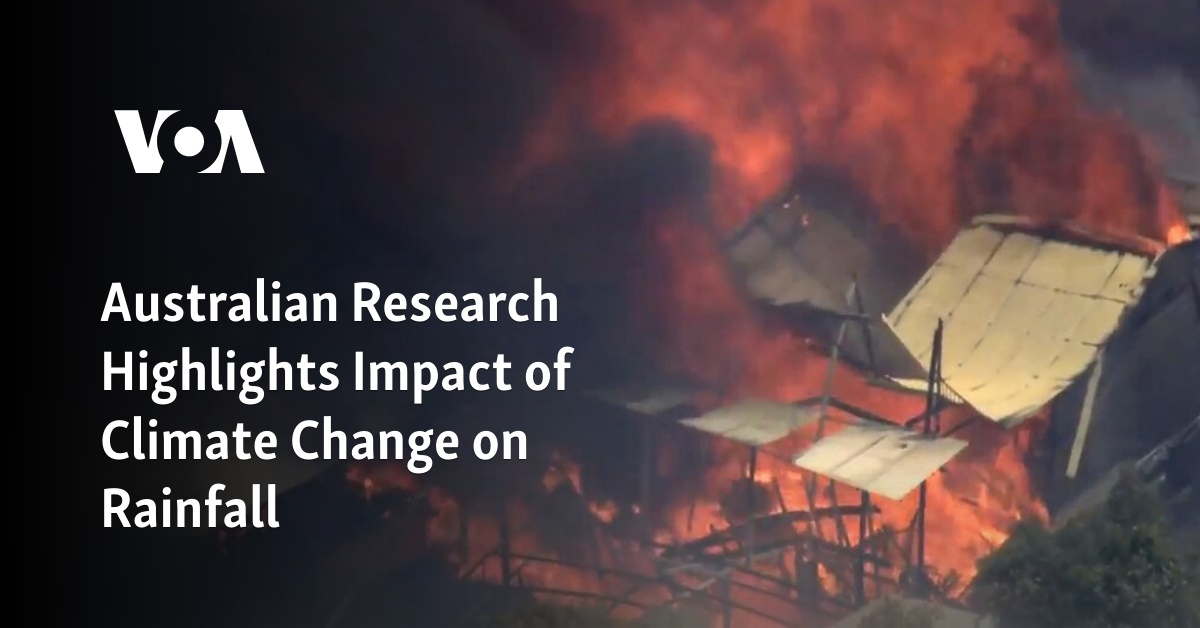A recent study from Australia has revealed the significant effects of climate change on rainfall patterns.

In 2023, Australian scientists discovered that extreme heat had a significant impact on the Earth’s water cycle, resulting in extreme weather events such as storms, floods, and droughts. A study from the Australian National University, released on Thursday, suggests that the increasing temperatures of both the ocean and the atmosphere due to fossil fuel emissions have amplified the strength of monsoons, cyclones, and other types of storms.
According to the study, the Earth’s climate is experiencing a rise in extreme events. This has led to an increase in severe storms and cyclones that now release more precipitation and faster development of droughts.
The authors of the report have identified the burning of fossil fuels as the primary cause of global warming.
In 2023, it was reported that severe disasters occurred due to abnormally powerful cyclones that caused heavy rainfall in Libya, Mozambique, Myanmar, New Zealand, and Australia. Droughts in South America, certain parts of Africa, and the Mediterranean were made worse by low rainfall and hot temperatures.
Albert Van Dijk, a professor at the Fenner School of Environment and Society at the Australian National University College of Science, explained to Voice of America that climate change is significantly impacting the water cycle on a global scale.
According to the speaker, there has been an increase in the amount of water carried by severe storms and rainfall events. This has resulted in cyclones behaving erratically, causing them to slow down and dump large amounts of water in certain areas. This has led to significant flooding, not just in Australia but also in other locations. Additionally, droughts are also developing at a faster pace.
The Australian research team utilized data from numerous ground stations and satellites to supply up-to-date data on precipitation, air temperature, and air humidity.
In the past few weeks, severe storms have impacted regions in eastern Australia, while bushfires have been a challenge in other areas of the country.
During the initial days of summer, in the beginning of December, a warning for a heat wave impacted regions in all states and territories, with the exception of Tasmania.
The rise in natural disasters in Australia has sparked worry among politicians, environmental advocates, and scientists regarding the effects of climate change.
The government of Australia has passed a law to reduce carbon emissions by 43% from 2005 levels by 2030 and reach net zero emissions by 2050.
Source: voanews.com




